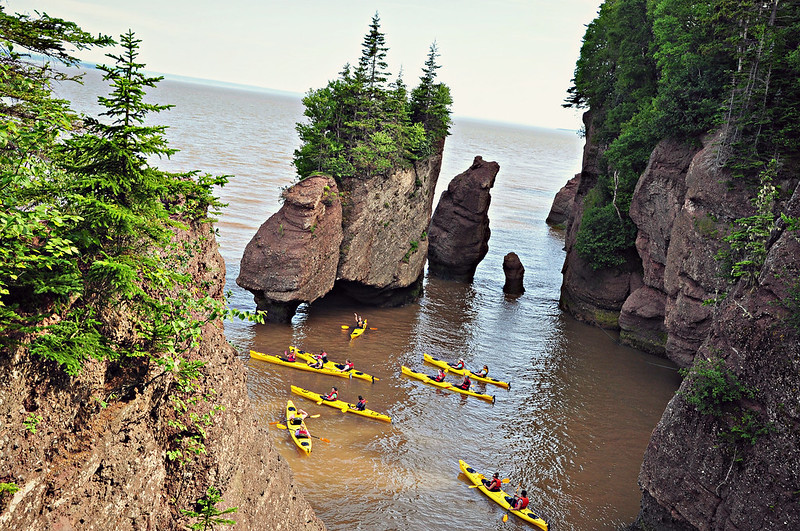Dams are solid structures built across rivers to obstruct or divert the flow of water. Dams today are massive engineering superstructures of steel and concrete used to create water supply reservoirs and also generate hydro-electric power.The size and scale of some modern dams can create an adverse impact on the surrounding ecosystem and human settlements.
In ancient times, dams were used mainly to divert or obstruct flood water and protect harvests and habitations. Some dams from the Roman era or even earlier still exist and are functional today. Most ancient dams were gravity dams.

Dams are created not just by humans but animals. Beavers fell trees and branches across running streams or rivers to create a water reservoir around their underground homes.
 |
| By Cheryl Reynolds, Worth a Dam CC BY-SA 3.0, via Wikimedia Commons |





